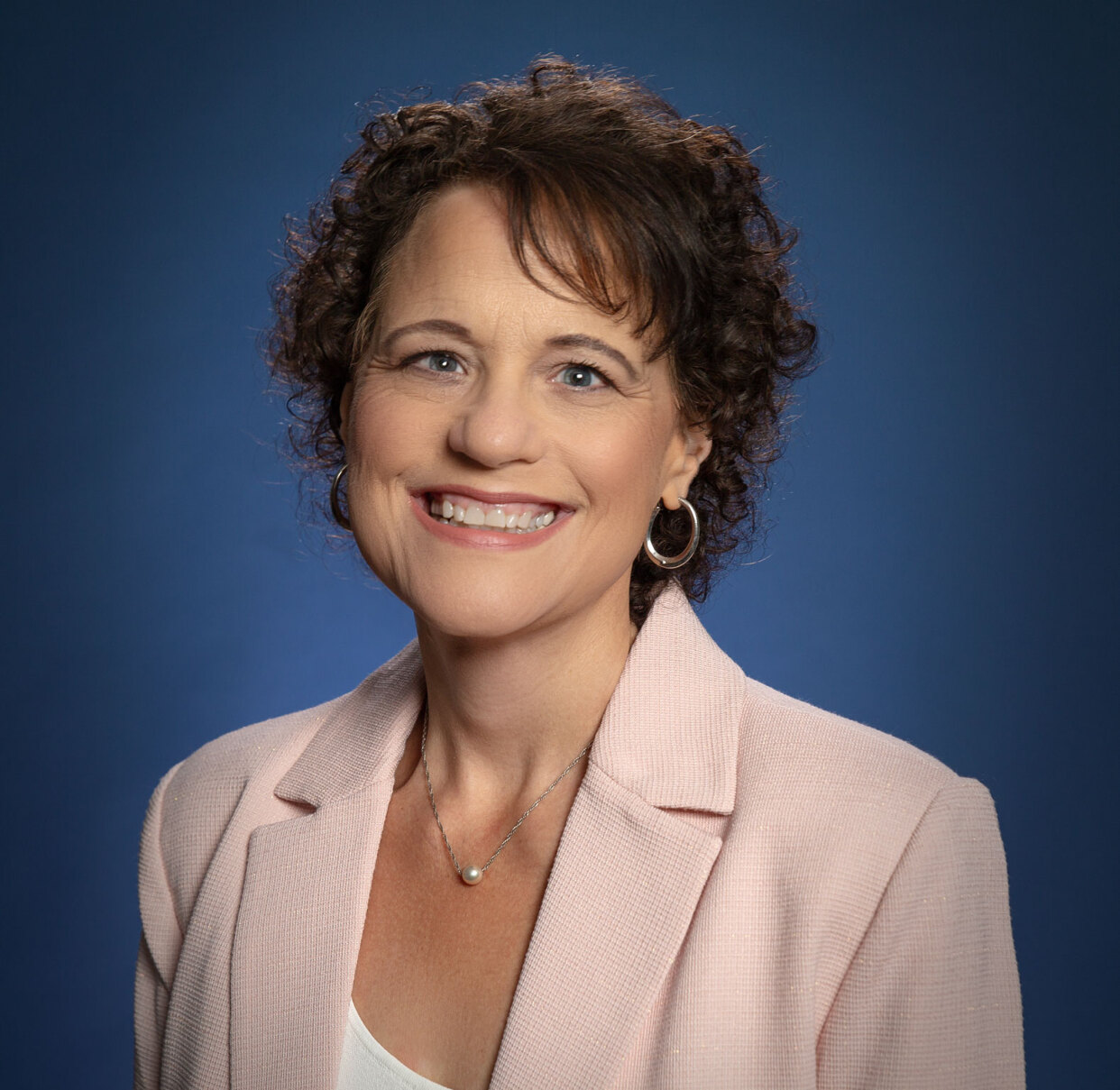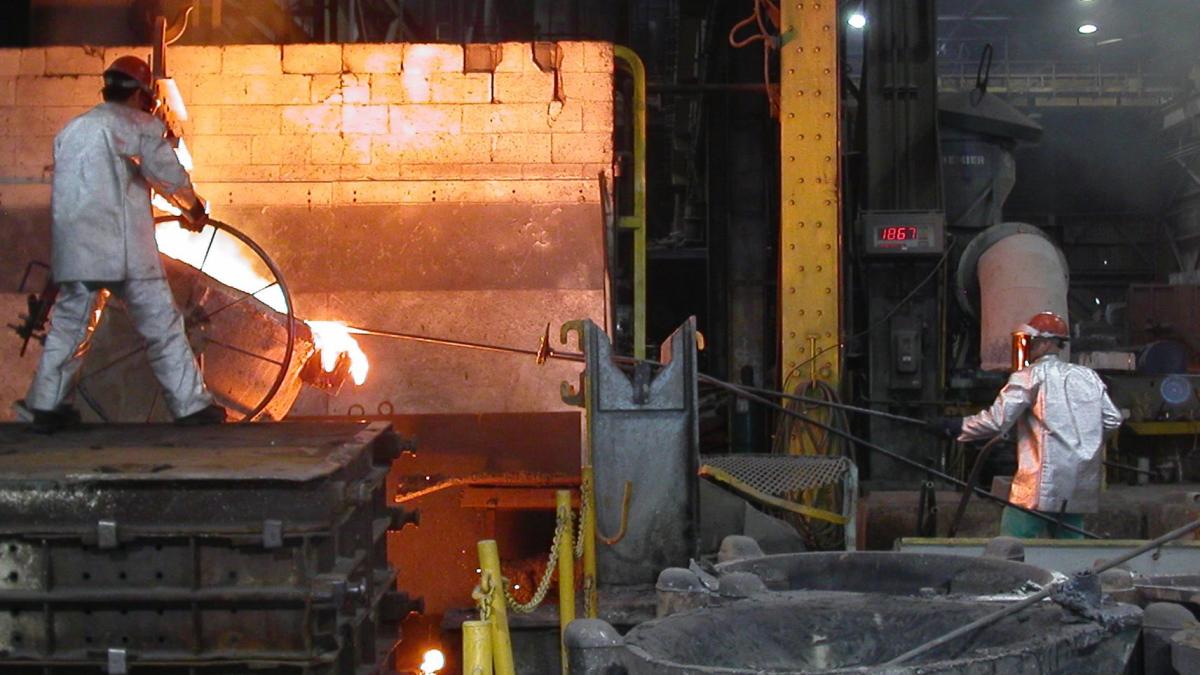As policy director for the Washington State Department of Labor & Industries (L&I), Maggie Leland’s job is rarely the same from day to day. She may be working on a new rule to help protect workers’ health or assisting members of the Washington State Legislature with technical guidance related to a proposed bill.

Leland is also the youngest of the seven children of Winnie and Peter Breysse. On November 7, she will present the Peter A. Breysse Memorial Lecture on “Advancing Worker Protections Through Public Policy.” The lecture honors her father, a founding faculty member of the UW Department of Environmental & Occupational Health Sciences (DEOHS). We caught up with Leland recently to hear about what drives her passion for public health, her advice for students and a sneak peek of her talk.
How did you get interested in the fields of occupational health and public policy?
Peter Breysse is my father, and so I was exposed from a very young age to industrial hygiene, health and safety, and advocacy. People would call our house a lot, asking to speak with my father, and if I happened to answer the phone and say, “He's not here right now,” they would proceed to tell their story: that they're living in their mobile home, and there's formaldehyde in it, and they're having health problems.
Growing up, my dad spent a lot of time talking with people, working on the issues, fighting for improved health and safety. It was definitely a model and a value in our house, and something I was interested in when it came to pursuing my own career and educational goals. I worked in industrial hygiene, and then realized that I like the policy and legal piece, so I went to law school, joined the Attorney General’s Office and then joined L&I.
You are the first Breysse lecturer to have both a law degree and a master’s in public health and industrial hygiene. How do those fields come together in your work?
It’s great to bring them together at L&I in particular, where our focus and mission is to keep Washington safe and working. There’s a clear intersection of public health, occupational health, and the technical and legal sides of industrial hygiene. All of these fit really well into policy.
In my job, I get to work collaboratively on solving problems. Public policy is really about what government does to address issues we collectively face. It’s important to be able to look at the problems in front of us, understand the ways government can act, and come up with creative solutions that are supported by evidence. Engaging with people who will be impacted by the work is really meaningful. Being able to understand diverse perspectives is critical.
Which policy issues will you be touching on in your lecture?
I’ll be sharing models that help to explain how and why policy decisions are made and the different types of intervention tools or levers that can be used to address public health issues. I’ll also share some case studies on recent changes in Washington that illustrate both the policy development process and the use of different intervention tools. The case studies include efforts to prevent musculoskeletal disorders and firefighter health and safety.
What are the challenges in turning known workplace hazards into policy?
One of the challenges is ensuring we have the authority to address the issue and then finding ways to engage stakeholders to identify the solutions that will work for them. There are lots of different levers for how we can influence change . Regulation is just one of them.
It is important to use evidence to both define the problem and inform the options for solutions. It is also important to continue to assess policy decisions to determine if they meet their goals, and if not be willing to adjust.
What are some of the emerging hazards for workers that you are concerned about?
Some emerging hazards include the impacts of climate change, mental health and infectious diseases. The impacts from changes in work arrangements and the way work is performed also create challenges with ensuring workers are protected. Most of our laws are historically based on the traditional employer-employee relationship. For workers falling outside that, there are gaps in their protections, and how can we address them?
These are places where we still need to improve our understanding of impacts in the workplace and effective interventions.
Do you have advice for students just starting out in the field of environmental and occupational health?
Continue to be curious and passionate, we are all learning and have challenging problems to address.
Don’t be afraid to ask the hard questions. Listen to the people who are impacted, look for disparities and think about those who are vulnerable in the workplace, especially those who typically would not have a voice in the process. It is critical that those with safety and health expertise get involved in policy making and look for opportunities to influence policy decisions. Never forget the impact environmental and occupational health have on people's lives.




